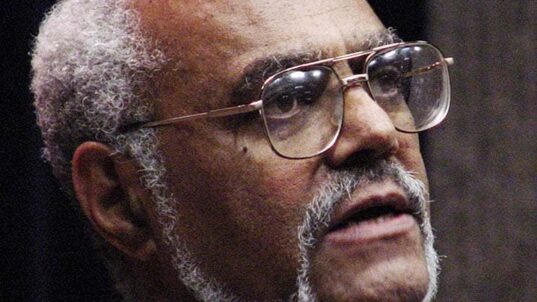
Photo by cottonbro from Pexels
Professor Dorothy Hamlin was concerned that her in-class discussions had become too superficial. Students were not exploring issues from different perspectives. Perhaps this should be expected since her university tended to attract students with shared progressive values. They never seemed comfortable going beyond what would be considered progressive perspectives on issues.
She decided to challenge her students with a discussion topic that might bring up contradictions within their normal beliefs. “Let me tell you about rare earth minerals”, she began. “I doubt if you could name them, but they are critical to our society today. In fact, you have some of them with you today. They are in your cell phone. They are also critical for computer parts, semiconductors, renewable energy technology, military equipment, etc.
“We import most of our supply from China. The mining of rare earth minerals is hazardous and China is suspected of essentially using slave labor in its mines. China has control over roughly 90% of the worldwide supply, and the prices for these minerals are skyrocketing. For economic and national security reasons, the US government has set a policy goal to make us independent of China in its supply of these essential minerals.
“We have rare earth minerals in the US, but the most common source of them is in coal mining waste captured in impoundment ponds. Getting to them is still unproven but the projections are that the US could have the supply of all the rare earth minerals it needs by extracting them from coal waste. This would encourage the continuation of coal mining. This might seem ironic, since we need the rare earth metals for green energy technologies that could help us wean from fossil fuels like coal. What should the US do to ensure that we sustain a reliable supply of these minerals to ensure our technology and national security needs?”
The room fell silent. Typically it didn’t take long for students to begin their discussions but this time was different. Professor Hamlin decided she needed to give them a starting point: “Here’s what I suggest, make a list of the facts as you know them. Then make a list of possible actions the US could take. Be expansive and think beyond rigid ‘either/or’ options. Then make a list of benefits and consequences for each possible action. Then think of how you can manage the consequences and the tradeoffs for each action. I think this will help you to understand the contradictions this situation presents. And it will help you think about how you might deal productively with the tradeoffs we face with so many of the complex issues we face today.”
With these prompts, the discussion groups were off and running. What especially pleased Professor Hamlin was that students had broken through their own preconceived biases and dealt with the contradictions honestly.
When the class ended, one of the students come up to Professor Hamlin and said, “I really want to thank you for challenging us with this case and showing us how to explore a situation like this. Now I think my father and I can have a meaningful discussion.”
You can find an activity for Embracing Contradictions in the Interactivity Foundation’s Collaborative Discussion Toolkit.
* * *
“Contradiction is not a sign of falsity, nor the lack of contradiction a sign of truth.” – Blaise Pascal (French mathematician)
This post is part of our “Think About” education series. These posts are based on composites of real-world experiences, with some details changed for the sake of anonymity. New posts appear on Wednesdays.



